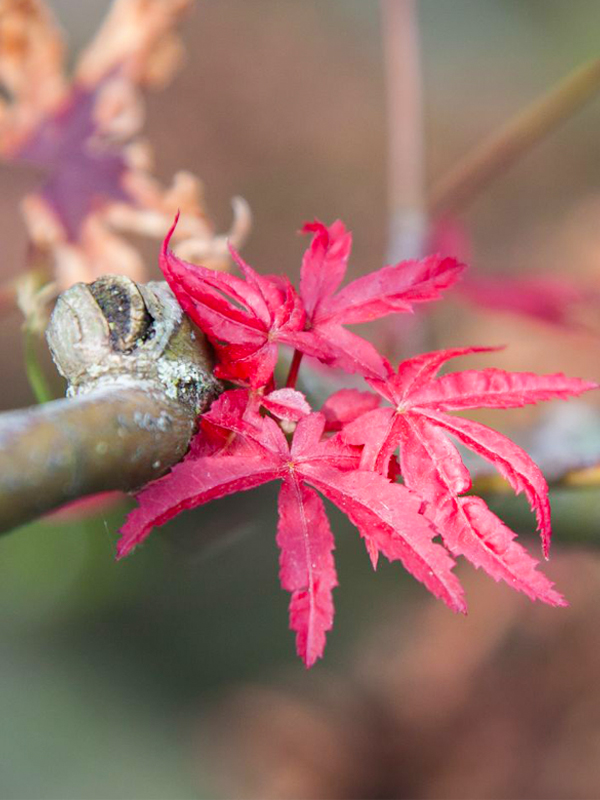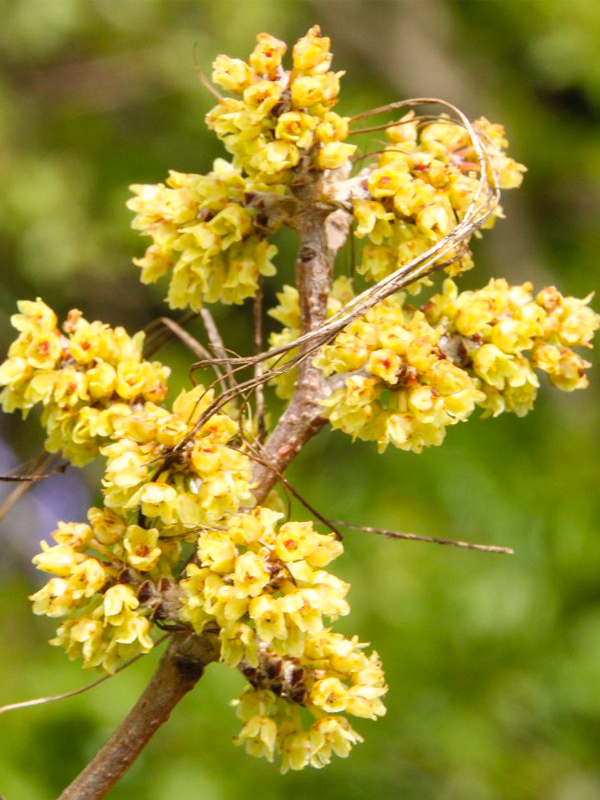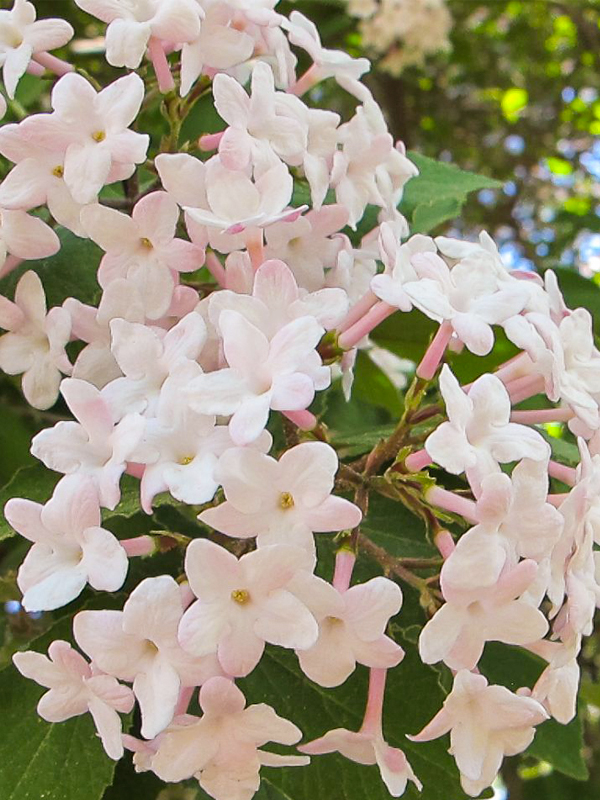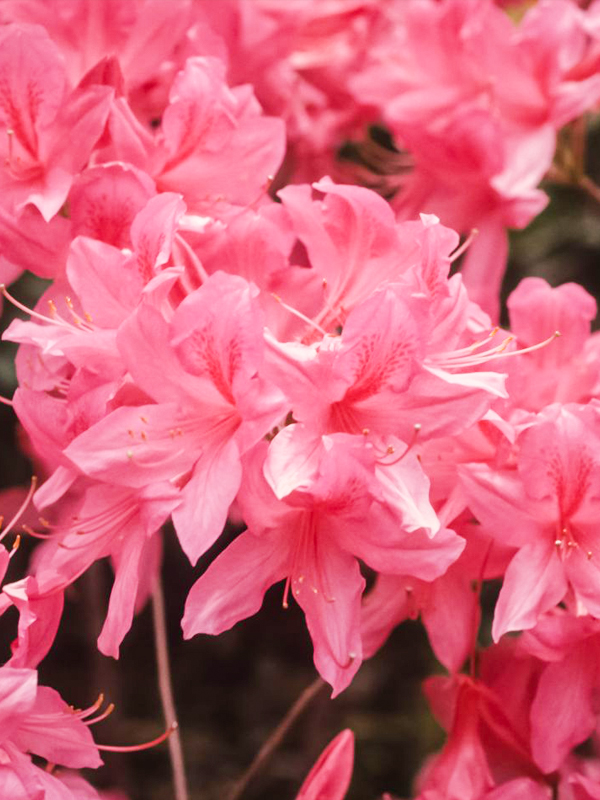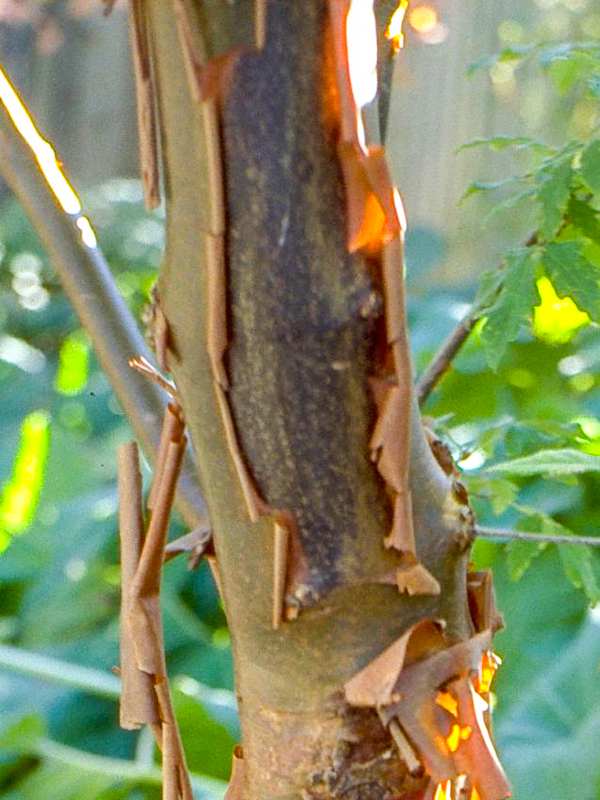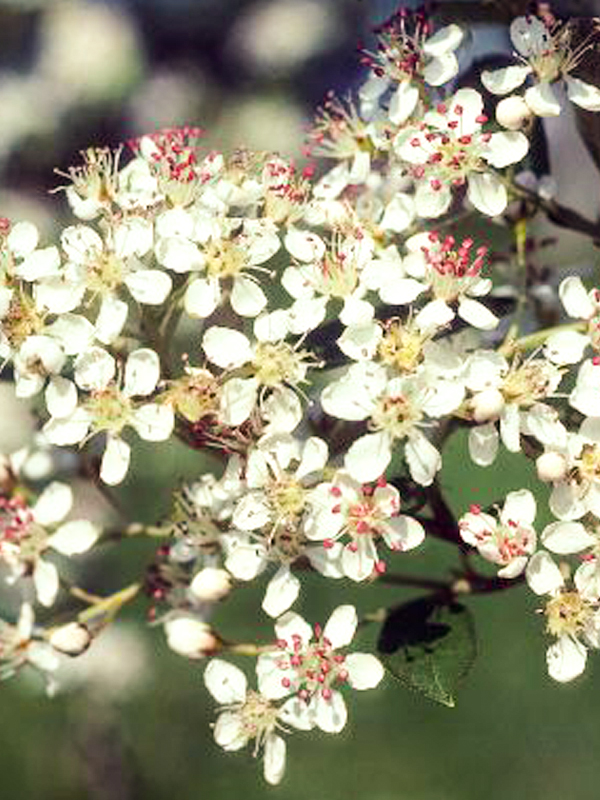

Shrubs for Fall Color
How many gardeners choose their shrubs because they have great fall color? Not too many. Fragrance, flowers, colorful berries, and attractive shapes are the features most gardeners request. And yet the gradual, long-lasting autumn leaf change is one of the most beautiful displays in the plant world. It lasts longer than any spring flower show; it’s different each year; and it occurs in fall, a quiet time when riotous color is least expected.
While most of us are familiar with showy sugar maples and majestic red oaks, there are many smaller trees and shrubs that can provide dazzling color displays in more intimate garden settings. Part of the pleasure in leaf peeping at this time of year is seeing how plants play off each other; how color combinations shift from year to year; how much beauty is to be found in the subtle combinations as well as the more brilliant shows.
The following lesser-known woody plants are guaranteed to please — not just in fall but throughout the year with their flowers, fruit and, attractive habits:
As the light angles a little lower in the blue October sky, take note of the magical color show going on all around us.



